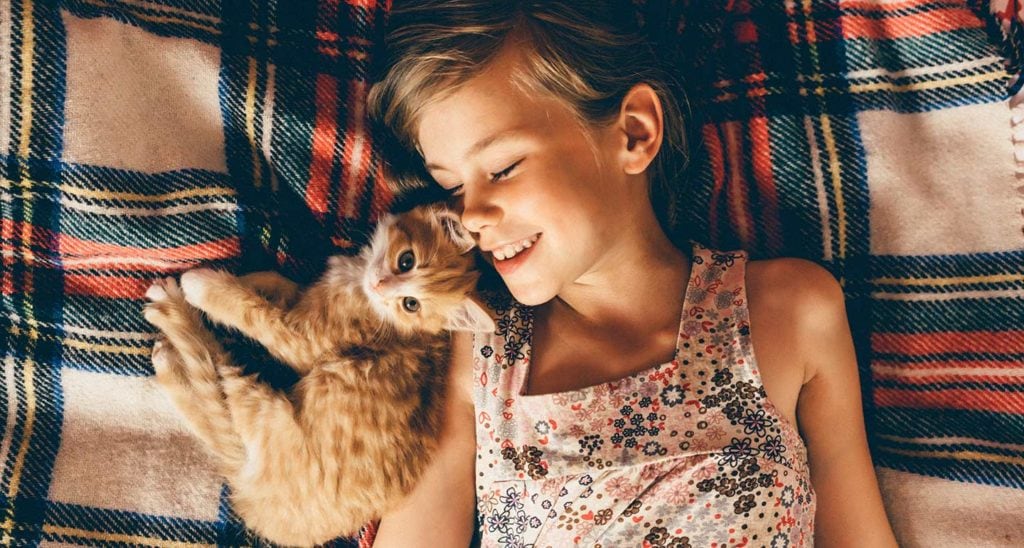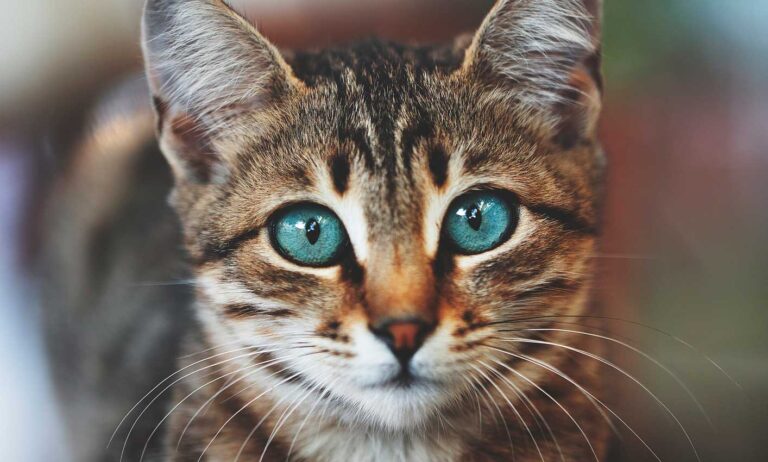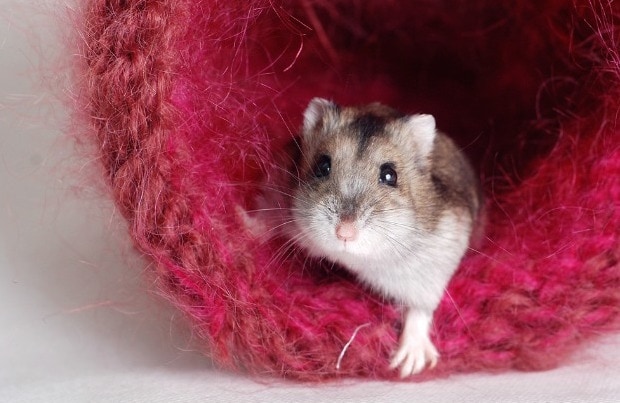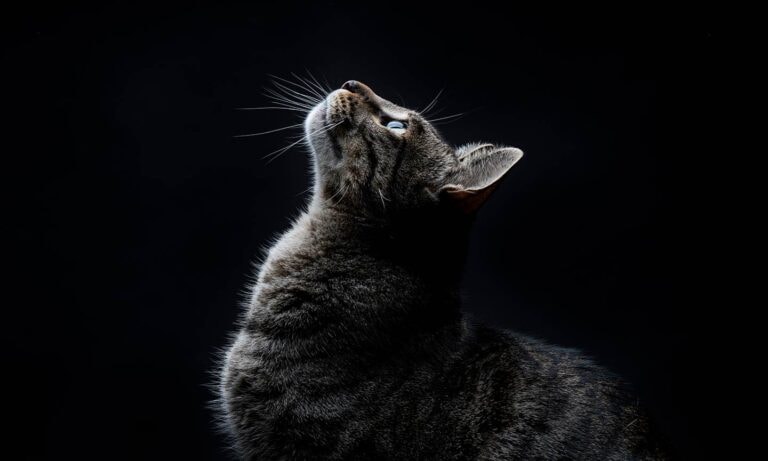As a cat parent, it’s natural to want to calculate your cat’s age in human years or view your cat’s life cycle in human terms. You might see your 1-year-old Ragdoll taking a nap as a lazy teenager, or your 16-year-old Persian who has trouble jumping on the furniture as a retiree.
“I think we all like to anthropomorphize our pets and compare them to our own lives,” says Kathryn McGonigle, DVM, MPH, DACVIM, an assistant professor of clinical medicine at the University of Pennsylvania School of Veterinary Medicine in Philadelphia. “It helps people relate.”
But how can you translate cat age to human age? It’s especially difficult if your cat’s birthday is unknown, which is common with adopted or rescued pets.
“If an owner brings in a cat from a shelter or picks one up as a stray, they often want to know how old the cat is because they want to know what to expect,” Dr. McGonigle says.
There’s no easy rule of thumb when it comes to translating your cat age to human age. Each cat’s life cycle is unique, Dr. McGonigle says, but you can still look for behaviors and characteristics common to cats in certain life stages.
How Old Is My Cat in Human Years?
Anybody who’s owned a kitten knows that cats younger than 6 months old are a handful. But it’s a seemingly short phase; cats mature more quickly than human due to their unique genetics and metabolism, Dr. McGonigle says. Cats jump from the ages of 0 to 10 in human years during those first six months.
“So, you’re dealing with a kid going through the early stages of grade school by the time your cat is 6 months old,” Dr. McGonigle says. “They’re curious, they have a lot of energy. … They’re maniacs—absolute maniacs.”
A cat’s teenage years come between the ages of 7 months and 2 years, when they still have plenty of energy but aren’t so spastic anymore.
“In that time, you’ll see them come into full body condition,” she says. Although the growth process may be a bit slower with certain cat breeds such as Maine Coons, for the most part, “Cats achieve maximum growth in the first two years in terms of how long they’re going to get, their muscle mass and [how] big they’re generally going to be.”
Cats are like young adults from 3 to 6 years old, the equivalent of 28 to 40 years old in human years, taking them to the doorstep of middle age, according to Dr. McGonigle. From 7 to 10 years old, cats are considered mature, or squarely middle-aged at around 44 to 56 in human years. Senior cats are 11 to 14 years old—something like 60s and 70s for people. A cat past age 15 is considered “super senior” or geriatric. These golden years can stretch out for a long time, as cats can live past 20 years old.
To determine your cat’s age in human years, refer to the chart below. For the following cat age chart in human years, note that overlap between life stages is common and all cats age differently.
Cat Age Chart in Human Years
Kitten
Cat Age / Human Age
0-6 months / 0-10 years old
What to Expect: Extremely playful with huge bursts of energy. Incredibly curious; when they're awake, they can be hyperactive.
Adolescent Cat
Cat Age / Human Age
7 months-2 years / 12-24 years old
What to Expect: Still playful, curious and interactive, but less spastic and sleeping more often. Coat is sleek and shiny.
Adult Cat
Cat Age / Human Age
3-6 years / 28-40 years old
What to Expect: Able-bodied and interactive, and still energetic overall. Fully mature physically.
Mature Cat
Cat Age / Human Age
7-10 years / 44-56 years old
What to Expect: Still plenty spry. Similar to adult unless affected by a disease state.
Senior Cat
Cat Age / Human Age
11-14 years / 60-72 years old
What to Expect: May see decreased activity, such as less jumping on windowsills or furniture. Cats may want to eat smaller, more frequent meals.
Geriatric Cat
Cat Age / Human Age
15+ years / 76-100+ years old
What to Expect: May have unusual sleep-wake cycles. Mobility may be noticeably limited. Frequency of grooming may diminish, leading to a duller and possibly matted coat. Sleeping through most of the day.
How to Tell a Cat's Age When Their Birthday Is Unknown
How do you tell a cat's age if their birthday is unknown? To determine their age, veterinarians generally make estimates based on body and dental condition, presence of disease and coat quality, all of which can vary based on a number of factors.
“We look at the condition of their teeth, whether they have gingivitis or loss of teeth,” Dr. McConigle says. “But some juvenile cats have serious dental conditions that are either autoimmune or viral in nature, so that can be kind of a red herring.”
Coat quality and the presence of disease also offer important clues.
“If we have a cat and we’re not sure how old they are, but they look like an adult, we’ll often do lab work,” she says. “That doesn’t tell us specifically their age, but it’s more common to see kidney disease, hyperthyroidism or diabetes with middle age to mature cats. So, if one of those diseases is present, it kind of confirms that this cat is older.”
As with humans, some cats simply age more quickly than others, Dr. McGonigle says, but you can take steps to help provide your cat with a high quality of life for as long as possible.
Get more tips on estimating your cat's age.
How to Keep Your Cat Young
Lifestyle and dietary factors greatly impact an animal’s health and their chances of living well into old age. That’s why Dr. McGonigle emphasizes preventative care for cats of all ages.
“Disease prevention, a balanced diet and routine vet visits—all of those things can keep cats healthy for as long as their genetics allow,” she says. Here are some tips:
- Be proactive. Preventative treatments for such parasites as heartworms, fleas and ticks are important. Why? “Because fleas and ticks carry diseases,” Dr. McGonigle says.
- Focus on diet. Though she doesn’t endorse a particular brand of cat food, Dr. McGonigle recommends a “premium, balanced diet that keeps in mind a cat’s unique nutritional needs.”
- Go for regular checkups. As a general rule, cats should visit the vet once a year up to the age of seven, and twice a year for cats past that age. “We can help extend their lives and keep up the quality of their lives,” Dr. McGonigle says.
- Brush your cat’s teeth. This can be tricky, so it’s best to get them used to a toothbrush while they’re young. Dr. McGonigle says it’s for a good reason: Good dental health is associated with better overall health outcomes for cats. Learn how to brush your cat’s teeth here.
Cats should eat and drink regularly throughout their lives, Dr. McGonigle says. Abnormal (increased or decreased) food or water intake, especially if accompanied by weight loss, should prompt a visit to the vet.
Read more:
Share:









